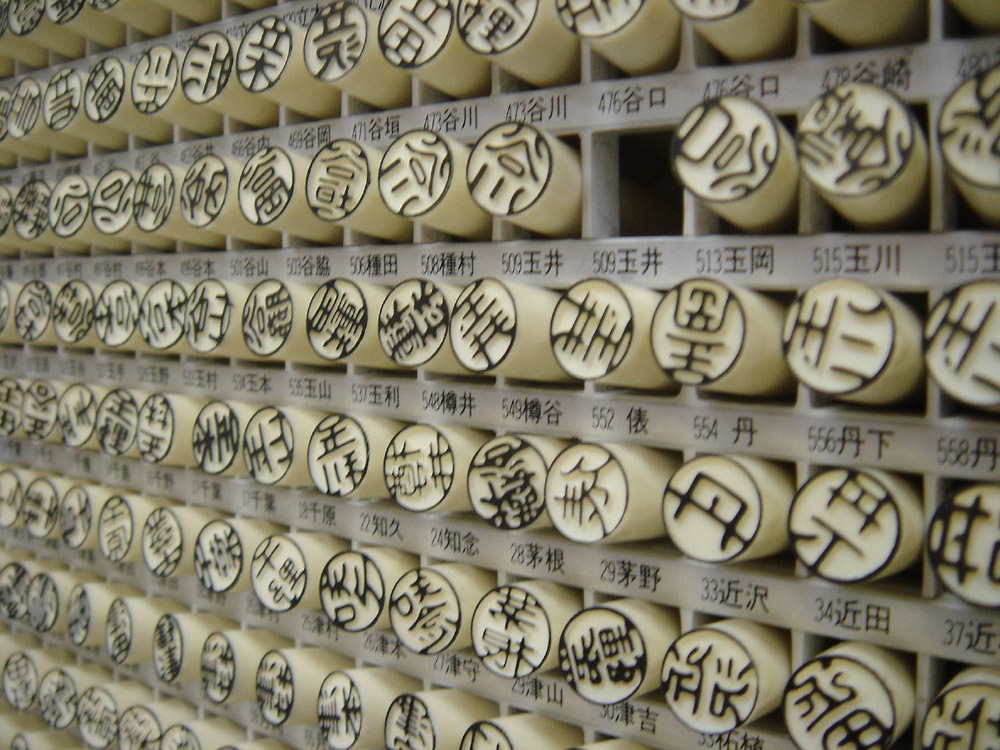A simplification based on Steve Suranovic’s Factor Mobility and Income Redistribution (ch18):
In economics, the word “factor” is short for “factor of production.” Factors are the necessary inputs for producing anything. For example, labor and land and tools (capital) are factors of production because you need them to produce anything.
In this model, we only need labor, and don’t need any other factors. There are two different kinds of labor, wine workers and cheese workers, and neither kind of worker can do the other kind of work. The wine workers have no mobility to change jobs and become a cheese worker and vice versa.
In this model, the number of workers is fixed and that determines how much wine and cheese are produced. As in all of these model economies, there are no other needs. I generally think of the workers as being naked and homeless, but you could also think of them as having free clothing and housing and everything else they need except wine and cheese which they have to work to be able to enjoy. In any case, the only thing in the economy that they need to work to consume is wine and cheese.
AUTARKY
|
Countries |
# Wine workers |
# Cheese workers |
wine output/day |
cheese output /day |
wine price* |
cheese price* |
| US |
2 |
6 |
4 |
12 |
1/2 cheeses |
2 wines |
| THEM |
6 |
2 |
12 |
4 |
2 cheeses |
1/2 wine |
*In this model, prices are determined by utility functions and that is why the price of wine is not the ratio of cheese/wine. In the Ricardian model, prices are determined by the opportunity costs, but workers have no opportunity costs of production here because the workers cannot switch jobs. So in this model, diminishing marginal utility creates a desire for variety which causes cheese producers to trade for wine and vice versa. Relative scarcity causes higher prices as shown above because people desire the scarcer resource more (at the margin) than the abundant resource.
AFTER TRADE
|
Countries |
Export |
Wine consumption |
Cheese consumption |
Price of wine |
Price of cheese |
| US |
4 Cheese |
8 total |
8 total |
1 cheese |
1 wine |
| THEM |
4 Wine |
8 total |
8 total |
1 cheese |
1 wine |
Per-Capita Consumption …in autarky …and after trade
|
Wine consumption in autarky |
Cheese consumption in autarky |
Wine consumption after trade |
Cheese consumption after trade |
|
| US wine workers |
3 |
3 |
2 |
2 |
| US cheese workers |
1 |
1 |
2 |
2 |
| THEM wine workers |
1 |
1 |
2 |
2 |
| THEM cheese workers |
3 |
3 |
2 |
2 |
Trade makes winners and losers in both countries because it changes prices. The exporters see higher incomes whereas the workers competing with imported goods see lower incomes. US cheese workers see their consumption double whereas US wine workers see their consumption drop by 50%. If we assume diminishing marginal utility, then the gains of the winners (six US cheese workers see a 100% increase) is bigger than the losses of the losers (two US wine makers see a 50% decrease), but the losers would probably still be mad about it.
Now we will look at production possibility frontier (PPF) graphs for this model. Usually, you have seen PPFs that look like this:

That is drawn with a curved line because of increasing opportunity cost. But the Ricardian model uses a simplified PPF with constant opportunity cost that looks like this:

For our “immobile factor model” where workers cannot change jobs, the production possibility frontier is a single dot for each country. The productions possibility frontier for US is just the red dot and the PPF for THEM is the purple dot.

Trade allows more combinations for consumption along the yellow line, so it is kinda like creating a global PPF that is more like the Ricardian PPF again. In this example, they both end up getting 8 cheeses and 8 wines which is the green point in the middle of the yellow line.














